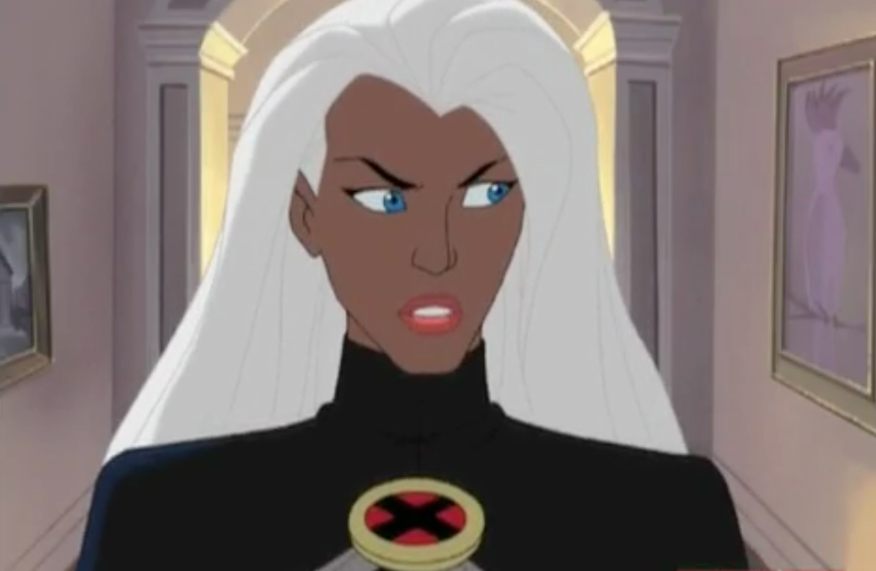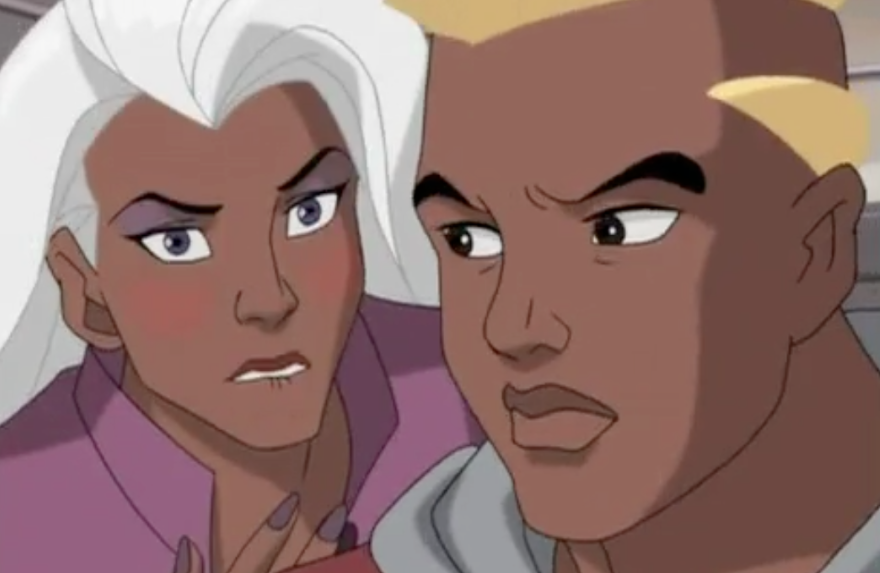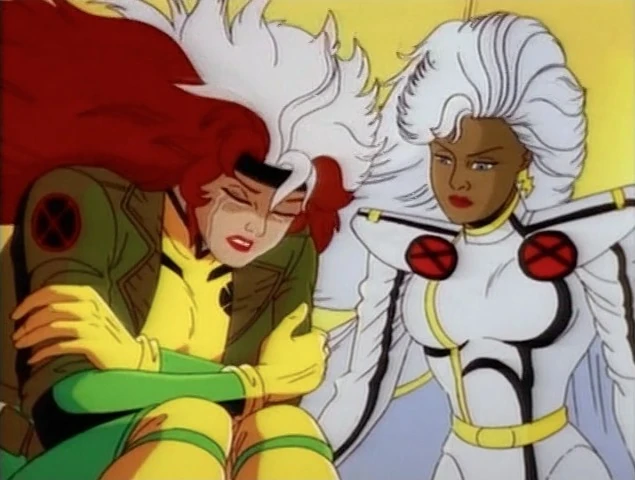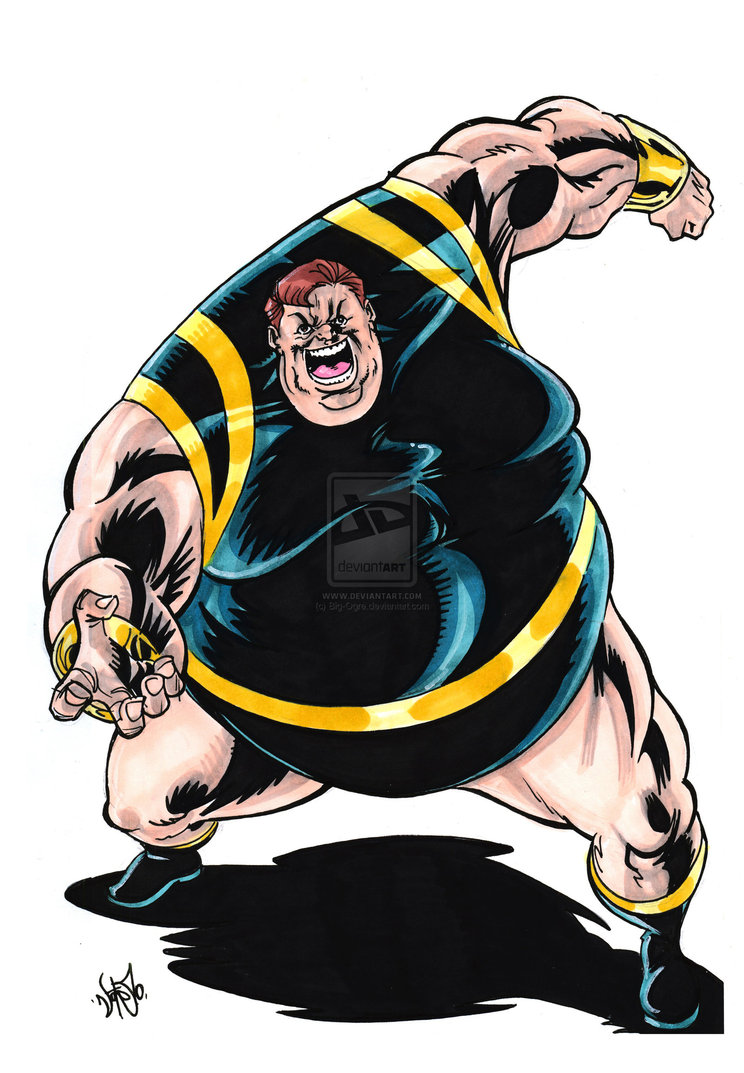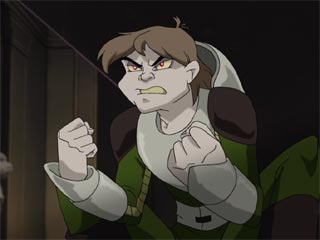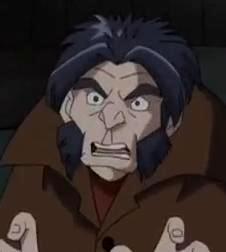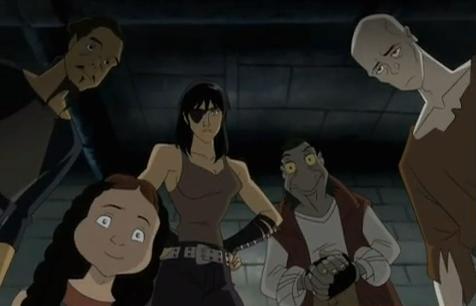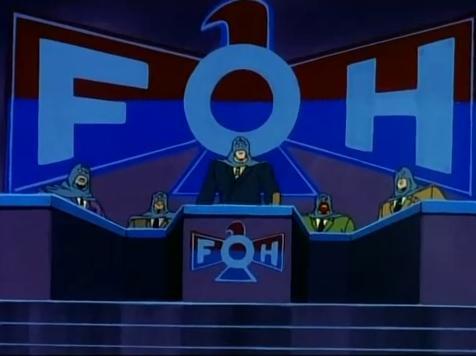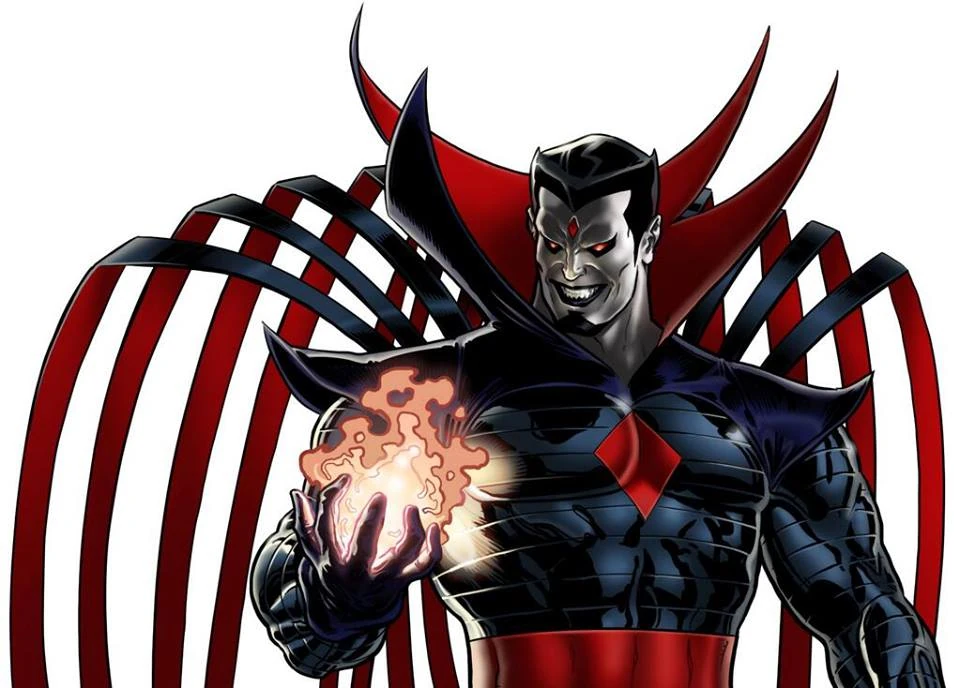You may or may not remember the introduction I wrote for the Spotlight! post on Rogue, readers. I happened to find some articles about the “Strong Female Character” model Hollywood and the usual suspects have been trying to force on us lately. I have already written two posts of my own on this subject, both with the title “Strong Women,” but these other articles got me thinking harder about the subject. How can Marvel’s heroines, most of whom have superpowers, be strong women without being “SFC”s?
Well, in the case of Storm/Ororo Munroe, that question is not hard to answer. But it is a little time consuming, as I am going to give you a history of the character to deepen your understanding of her. A lot goes into making a competent heroine, while not much goes into the making of a stereotypical SFC, and the difference should be illustrated.
One of the reasons I was disappointed by the X-Men films was Storm’s appearance. Storm had always been one of my favorite X-Men. In fact, when reading the Animorphs series, I was upset when one of the characters was compared to Storm. This character was Rachel, a blonde, blue-eyed beauty with the heart of an Amazon. I was not happy with another character choosing to compare her to Storm; the only thing Rachel and Storm had in common were their blue eyes, readers. After that, they were as different as apples and oranges.
So I thought having Storm in the films would be great. But when I saw Halle Berry playing the character, I was let down by the fact that a) she did not look like the Storm I knew, and b) she seemed to be completely watered down as a character.
If you are scratching your head and wondering why I would think this, allow me to explain. Storm is actually an African-American character, something that is never mentioned in the movies. Her mother was a Kenyan princess but her father was an American photojournalist. This is presumably where Storm gets her blue eyes; I cannot say for sure, but I think her father may have been white. I know he was American, and this is what makes her African-American.
Anyway, the couple married and moved to Cairo, Egypt, after Storm was born in New York City, New York. When Ororo was four years old, her parents’ apartment complex was accidentally bombed by a fighter jet flying overhead. Both of Ororo’s parents were killed and she herself was buried in the rubble for days. The extended confinement at this tender age left her with severe claustrophobia; even as an adult who has fought hundreds of battles against the nastiest people you can imagine, Ororo is terrified of small spaces. It is her biggest weakness, but luckily it is not always exploited by her enemies.
After she was orphaned, Storm lived on the streets of Cairo for the next few years of her life. She made a meager living by picking pockets and stealing during this time. (That was not a very heroic start to life, huh, readers?) Finally, about the age of twelve or thirteen, Ororo did decide she had had enough of this life and left Cairo on foot.
On her way further into Africa, Storm met her future ex-husband T’Challa, who would someday become King of Wakanda and an Avenger. They did not stay together long, as Storm still did not feel at home in the area where they met. So she kept walking until she found a place that felt right to her (this place was, presumably, Kenya, her mother’s homeland). Here her mutant powers manifested and the locals worshipped her as a deity. In the X-Men: Evolution series, they gave her the name “Wind Rider.”
This village is where the Professor found and recruited Ororo into the X-Men. Partly because she had been playing goddess, partly due to her royal heritage, Storm became one of the most unflappable members of the team.
But there is more than mere instinct and training involved in Storm’s calm demeanor. You see, remaining calm is the best way for her to control her powers. Unlike Thor Odinson, Ororo cannot make a storm or even raise a wind out of thin air. This is Thor’s ability because his hammer does not need existing weather patterns to drum up wicked weather – it can create new weather patterns as instantly as Thor can think of them.
Storm has to use existing weather patterns to create the weather she needs/wants. She has to draw moisture into one area from another or pull wind from one area to her.
In confined spaces, such as the X-Men’s Danger Room or another building, this is no real biggie as far as I know. Ororo can get the needed air and moisture from the building and nature will not become unbalanced because the internal temperature and moisture of a building is kept at a regular level by the heating/cooling systems.
This is not the case outside of this restricted environment. When she is flying above a city or a continent, if Ororo pulls too much hot air from one region and too much moisture from another, she can upset the balance of the weather in that area for a long time. She may even upset it forever, if she overdoes it.
So while Storm’s powers are fantastic and amazing, she has to be careful when she uses them. Her powers are tightly tied to her emotional state; if Ororo gets angry or becomes frightened, the weather will turn wild and ugly in response. This is the other reason for her quiet, tranquil attitude; Storm cannot lose control of herself in the smallest degree, because the effects will be far larger than a normal temper tantrum or a righteous scolding would allow. She could flood entire cities if she lost her restraint and this is why she rarely lets her temper out of the bag.
However, this does not mean that Ororo does not have a temper. It just means that you have to work hard to get her to show it. Mystique pulled that off at the beginning of Evolution’s third season; she had kidnapped the Professor and pretended to be him for the last few episodes of season two.
But her deception was only revealed at the end of season two, to be picked up at the beginning of season three. This was after the X-Men’s first public battle, where some of their members were captured by the government. After Nick Fury gave the X-Men information on their captured teammates, Storm began to plan the rescue operation…
…Only for Mystique to forcibly take command of the rescue mission away from her and put herself in charge. She did this, she claimed, because the Blob had been taken into custody along with the captured X-Men.
Already upset by the previous day’s chain of events, Mystique taking command of her team really got Ororo angry. Without thinking, she drummed up an instantaneous thunderstorm that might have had dire consequences for the town nearby. It took Jean Grey’s quick reminder about Mystique’s threat to the Professor’s life to make Ororo put the genie back in the bottle. The fact that she was able to “turn her powers off” so quickly is a testament to how much self-control Storm exerts over her emotions in times of stress such as this.
So how does this make Storm something other than an SFC? For one thing, Ororo is far more poised and graceful than most of the SFC characters I have seen. She is calm (usually), polite, composed, and does not think herself the better of any of the men in her life. Case in point would be the above episode I mentioned, where Storm bottled up her temper and her powers in order not to put the Professor’s life in jeopardy. It would have been far more of a struggle for Carol Danvers to do that, readers.
Another thing which separates Ororo from the SFC model is her motherly tendencies. These first manifested in the comics when young Kitty Pryde – eventually codenamed Shadowcat – joined the team. Thirteen at the time in the comics, Kitty and her family had already been approached by a sinister telepath named Emma Frost. Kitty did not like the woman at all, but she sang a different tune when the X-Men – including Ororo – knocked on her parents’ door to ask to see her.
Kitty and Ororo apparently hit it off at once, and Storm has always been something of a “battle mother” for the younger X-Men. Shadowcat was not the last child she took a shine to; Ororo has “mothered” many other X-Men during their first days on the team, though I do not think she did it as obviously in most cases as she did with Kitty.
The possible exception might have been in Evolution. In that series, Storm was given a sister who was married and had a son, Evan. Ororo is an only child in the original stories, but the writers for Evolution added a sister so they could bring her nephew, Evan Daniels, into the series. Codenamed Spyke, Evan’s mutant power was shooting greenish, bony spikes from his body. This meant that he had to drink a lot of milk to keep his calcium levels on a healthy plane.
But Evan was also a typical New York teen who thought he was tougher than he actually was. Ororo’s maternal inclinations were mostly directed toward him for the series’ duration as she tried to teach him that being tough meant more than talking hard and playing rough. She was also continually trying to get him to be more disciplined, as Evan had a bad penchant for fooling around or goofing off when he should have been studying – either at school or in the Mansion’s Danger Room.
This shows that, unlike the stereotypical SFC trope, Ororo has never demonstrated a dislike of motherhood. She has expressed on occasion a fondness for the role and a desire to someday be a mother, something she achieved in several alternate timeline comics with T’Challa. In two different timelines (or the same one) they had two sons; one was named after T’Challa’s father and the other was named Azari. So Ororo definitely does not check the Feminista boxes for hating children and motherhood.
Storm and T’Challa’s son, Azari, in action.
Storm also does not have the super education the Femi-Nazis like to hold over everyone’s heads. Like Rogue, she learned most of her lessons on the streets, not in a brick and mortar school. And she actually had to learn those lessons from a younger age; Ororo was living on the streets of Cairo from the age of four. That was not easy or fun, readers.
This does not mean that Ororo is stupid or a rube. But it does mean that she is not a mechanic or super scientist. She is, as Evolution put it, a “weather witch” and a mother figure. Her interest lies in people and nature – and not in the way that the Feminists would want her to focus on these things.
I have never had any gripes with Storm prior to the X-Men film franchise. Halle Berry, most likely due to the directors’ interference, does not do the character justice, even all these long years later. My only gripe with the character in the comics was her first combat suit and a recent remake, which exposes way too much of Storm’s body. Newsflash, Marvel writers, combat includes getting shot at and having knives or other sharp objects thrown at you. The absolute LAST thing a woman – or a man, for that matter, unless he is the Hulk or someone like that – should be wearing on the battlefield is a revealing suit. It looks great on the runway but it is a bad, bad, bad idea in a fight.
As I said in my post about Rogue, I think Storm is one of the few characters who can skate by with long hair. With her powers, very few people can actually get close enough to her to grab her hair, let alone any other part of her body. And even if they do manage to tackle her out of the sky, her hair will be the absolute last thing they will reach for because they will not want to grab and hold her. They will want to knock her out as fast as possible so that they can slap an inhibitor collar around her neck.
So no, I do not want Ororo’s hair cut short, as Halle Berry has occasionally worn it. And no, I DEFINITELY DO NOT WANT STORM TO HAVE A MOHAWK. PERIOD!!!!!!!
I can also give Storm a pass on the cape she wears. Normally, I do not care too much for superhero capes. You can thank The Incredibles for this one, readers; the film made a point that capes look great but they can also be as dangerous as long hair.
In Ororo’s case, her capes have rarely been in her way. She also used her cape at one point in the book, Kidnapped in the Catacombs, to snare Callisto’s foot. (Callisto is the leader of the Morlocks, enemies of the X-Men you can learn more about in the post “Spotlight: An Introduction to Marvel’s X-Men, Part 2.”) When Storm pulled on her cape, she sent Callisto flying headfirst into a wall.
The reason she was able to do this with her cape was because it was not a full cape; it was a crescent shaped cape that connected to the back of Storm’s suit and at the cuffs of her sleeves, leaving a space in between her arms and the cape. A regular cape, I do not think, would be able to do this, but I could be wrong.
Either way, my favorite suit for Storm was the silver one we saw in the 1990s X-Men series. The one she wore in Evolution was not bad, but it was too dark for my tastes.
Well, readers, this is my take on Storm/Ororo Munroe, and these are the reasons why I cannot picture her as a Feminista. She just does not have it in her. The writers could try to add it to her character, of course, but that would go over about as well as the Mohawk they gave her did. Storm is not the modern idea of an SFC and she can never be this because she was designed to be a heroine, not a talking point on a Feminist bulletin board.
The idea that some people might put her there, for any reason, is enough to get me pretty angry. If it has not yet been made clear by my posts about Cap, Hawkeye, Gambit, and Rogue, you do not want to mess with my favorite characters.
Excelsior!






